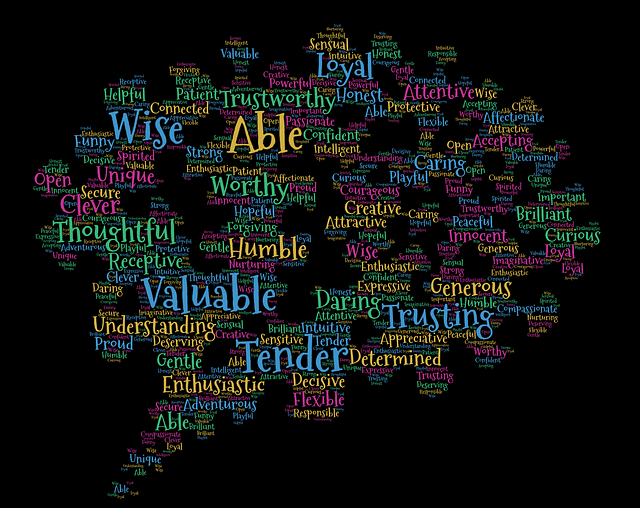Often, we are at our “wit’s end” trying to solve problems, overcome challenges or address conflicts. Deborah Eden Tull reminds us that through meditation and mindfulness practice, we can access what she calls the “spaciousness within” – wherein lies peace, calmness, creativity and well-being. In a meditation podcast for the Mindful Awareness Research Center (MARC), Deborah provides two guided meditations and commentary to help us to access this spaciousness while listening to her and to continue to do so beyond the specific meditations.
Initial brief meditation – arriving at the present moment
At the beginning of her podcast, Deborah provides a way for you to transfer your attention from what you have been doing to arriving at being present in-the-moment. This assumes that you still have some level of involvement in your previous activity despite changing your location or attempting to change your focus.
As part of the process of becoming grounded, Deborah suggests that you make yourself comfortable in the first instance through a conscious, restful posture and then begin with a few conscious breaths to help you to become centred. The next part of this centring meditation involves a progressive process of getting in touch with your thoughts, then feelings and finally the bodily sensations that have accompanied you to your meditation exercise.
Following the development of this inner awareness, she suggests that you get in touch with your personal motivation for undertaking the meditation or listening to her podcast – what is it that you are hoping to achieve for yourself? This initial brief meditation closes with taking a deep, full-body breath to open yourself to the experience of listening to her commentary and undertaking the subsequent meditation practice.
Reflection – observing people texting while walking
As part of her commentary on accessing our inner spaciousness, Deborah reflected on observing people on the university campus texting while they were walking between buildings/ classes. She observed that this practice actually builds our habit of busyness – the antithesis of developing the spaciousness within. This multi-tasking activity strengthens our conditioning to be always busy – thinking, planning, evaluating, dramatizing, revisiting the past (depression), anticipating the future (anxiety) – and builds on our overall penchant for distraction.
We can choose to cultivate a life of serenity, ease, calmness and resilience through developing present moment awareness or opt for a life that intensifies restlessness, dis-ease, agitation and fragility. Deborah reminds us that the quality of our life experience is determined by the focus of our attention.
Her second meditation (beginning at the 14-minute mark) helps you to cultivate the spaciousness within through a focus on your breathing and exploration of the imagery of the ocean.
Mindful breathing and ocean imagery
Deborah’s second guided meditation focuses on breathing. She reminds us that this meditation process should be free of the everyday habit of striving or seeking to change ourselves for the better. It is very much about being rather than doing.
In focussing on your breathing in this meditation exercise, you learn to develop awareness about your breathing in the moment – whether your breathing is deep or shallow, fast or slow, even or choppy. You are encouraged to rest in your breathing and accept it the way it is – not trying to force a desired pattern on your breathing.
Following this focus on breathing, Deborah asks you to imagine an ocean – the turbulence of the waves above and the stillness and vastness of the water below. She encourages you to envisage the calm waters below the waves as the mirror of your “spaciousness within”.
Accessing the spaciousness within
You can choose to develop awareness of the spaciousness within through formal meditation or through informal practices such as mindful eating, mindful walking or stopping/ pausing in the midst of a situation to ground yourself in the present moment.
As we develop mindfulness through formal meditation and other mindful practices, we can access the spaciousness within and experience calmness, resilience, creativity, ease and well-being to improve the quality of our lives.
____________________________________________
By Ron Passfield – Copyright (Creative Commons license, Attribution–Non Commercial–No Derivatives)
Image source: courtesy of Pexels on Pixabay
Disclosure: If you purchase a product through this site, I may earn a commission which will help to pay for the site, the associated Meetup group and the resources to support the blog.






